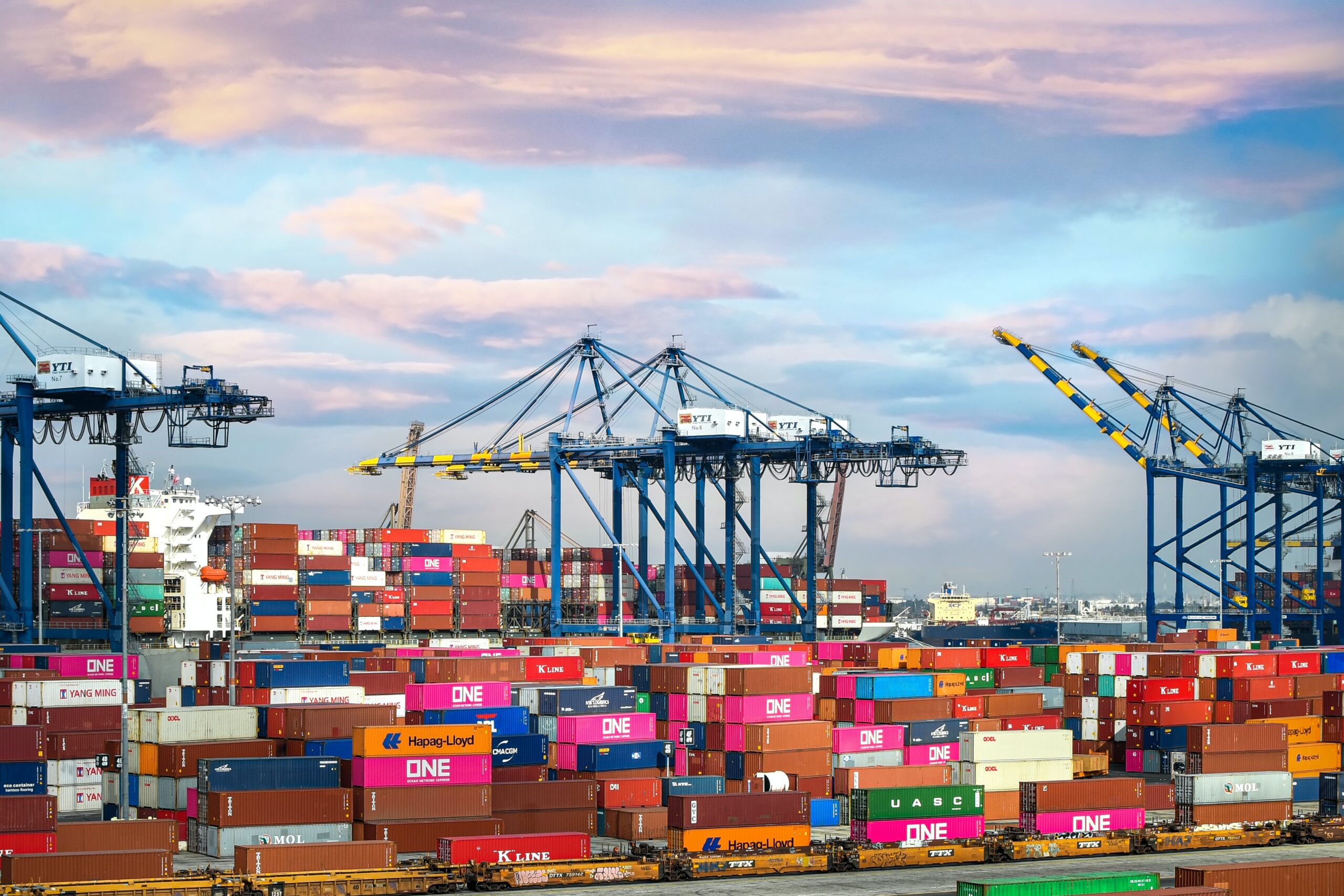With tariff uncertainty continuing but most holiday merchandise already in stores or warehouses, import cargo volume at the nation’s major container ports should see its usual end-of-year slowdown in November and December, according to the Global Port Tracker report released today by the National Retail Federation and Hackett Associates.
“We’ve spent most of the year worried about the impact of tariffs on both inflation and the supply chain but the holiday season is here and mitigation efforts appear to have paid off,” NRF Vice President for Supply Chain and Customs Policy Jonathan Gold said. “Store shelves are well stocked and the effect on prices has been minimized, largely thanks to retailers taking steps like frontloading imports during times of low or delayed tariff increases or absorbing the costs themselves. Consumers should be able to find the products they want at prices they like.”
U.S. ports covered by Global Port Tracker handled 2.1 million Twenty-Foot Equivalent Units — one 20-foot container or its equivalent — in September, the latest month for which final data is available. That was down 9.3% from August and down 7.4% year over year.
Ports have not yet reported numbers for October, but Global Port Tracker projected the month at 1.99 million TEU, down 11.5% year over year. November is forecast at 1.85 million TEU, down 14.4% year over year, and December is forecast at 1.75 million TEU, down 17.9%. Following July’s peak of 2.39 million TEU, November and December would be the slowest months of the year. And December would be the slowest month since 1.62 million TEU in March 2023.
November and December are traditionally slow, but the large year-over-year declines are partly because imports in late 2024 were elevated by concerns over port strikes. In addition, this year’s tariff-driven frontloading pulled up late-year cargo.
The first half of 2025 totaled 12.53 million TEU, up 3.7% year over year. The full year is forecast at 24.9 million TEU, down 2.3% from 25.5 million TEU in 2024.
January 2026 is forecast at 1.98 million TEU, down 11.1% year over year; February at 1.85 million TEU, down 9%, and March at 1.79 million TEU, down 16.7%.
(Photo Barrett Ward/Port of Los Angeles)


